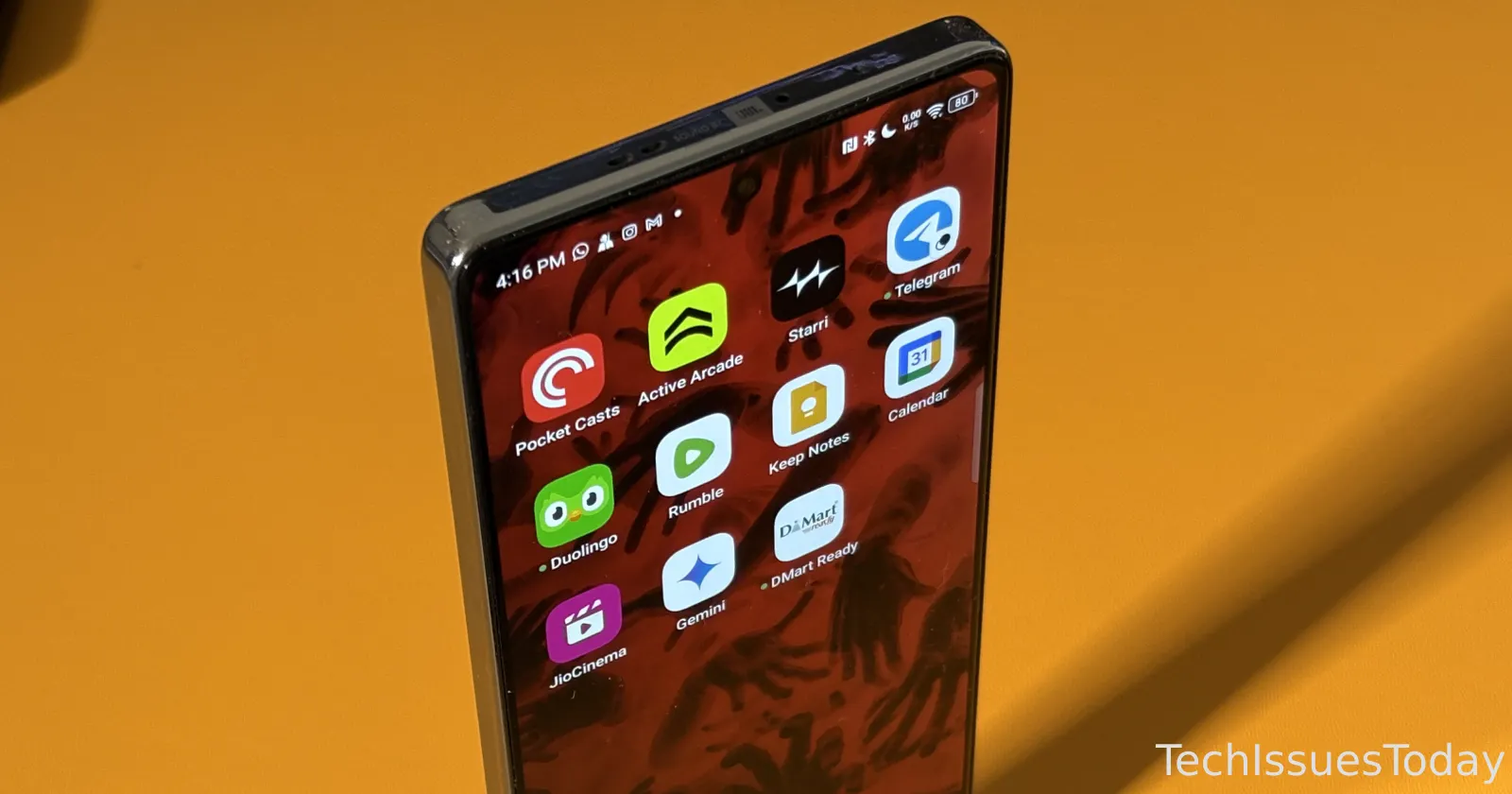If you’ve ever noticed random apps appearing on your phone without your permission, you’re not alone. This strange phenomenon can feel like your device is working against you, but the culprit is often a preinstalled system app called Mobile Services Manager. Here’s why this happens and how you can stop it.
Mobile Services Manager, sometimes referred to as DT Ignite, is a tool used by many carriers to manage and install apps on your device. It’s usually built into the operating system of carrier-sold Android phones, so even if you never downloaded it, it’s probably there. The app operates in the background, silently downloading and installing apps or updates—often ones the carrier gets paid to promote. This means you could wake up to a new game or a flashlight app suddenly appearing on your phone, all thanks to Mobile Services Manager.
Here’s where things get frustrating. Mobile Services Manager can use your data to download these apps, even if you’re not connected to Wi-Fi. So, if you’re on a limited data plan, these hidden downloads could be eating into your allowance without you even knowing. Worse, it doesn’t ask for your permission or notify you when it’s doing its thing.
To make matters more complicated, Mobile Services Manager is often set as a system app. This means you can’t easily uninstall it, and resetting your phone to factory settings won’t get rid of it either. Some users have reported that disabling the app can cause it to re-enable itself after a reset or even reappear under a different name like DT Ignite.
So, how do you stop it? While you might not be able to remove the app entirely, you can disable it. The preinstalled services and apps might vary by provider, and tackling them will depend on your carrier. Here’s a breakdown of how to handle these services:
- T-Mobile users: Look for and uninstall the AppManager/AppSelector.
- AT&T users: Disable the AT&T Mobile Services Manager.
- Verizon users: Disable the Verizon App Manager.
For those struggling with uninstallation:
- If uninstall isn’t an option, most services can still be disabled through your device settings. Disabling prevents the app from running in the background and auto-updating, which is often sufficient to stop unwanted functionality.
- If disabling is blocked, users suggest using external tools like ADB or third-party apps such as Universal Android Debloater, which can connect to your phone from a PC to disable system apps.
Remember, these are only a handful of carriers that we’ve mentioned. If you have any other carrier, we’d suggest checking for details of their respective MSM apps and uninstalling or disabling them.
Disabling the app should stop it from running and installing apps in the future. Alternatively, you can consider using a file explorer app like Solid Explorer to find and manage hidden system apps.
To begin, install Solid Explorer on your Android device by downloading it from the Google Play Store. Once installed, open the app and either scroll through the introductory page or opt to skip it directly. Next, you’ll need to check the box to accept the license agreement and then tap ‘Done’ to proceed. After that, locate and tap the menu icon in the upper-left corner of the screen to access more options. Navigate to the ‘Applications’ section from this menu.
Within this section, tap on ‘System apps’ to view all the system applications installed on your device. Scroll down or use the search function to find ‘Mobile Services Manager’. Once you’ve located it, select the app from the list. Then, find the three-dot menu icon in the upper-right corner of the screen and tap it. From the options that appear, choose ‘System info’. Finally, you can proceed to remove or deactivate the ‘Mobile Services Manager’ app from your device as per your requirement.
If you’re tech-savvy, you might also explore options like rooting your phone to remove it completely, but keep in mind that rooting can void your warranty and come with risks.
If disabling Mobile Services Manager isn’t an option on your phone, you might need to contact your carrier. Ask them for assistance in stopping these unauthorized app installations. They might try to deflect responsibility, but stay firm. Carriers are the ones enabling this software, and they should help resolve the issue.
One good solution to avoid this problem in the first place is to buy an unlocked phone that doesn’t come loaded with carrier-specific software. Phones purchased directly from manufacturers like Google or Samsung usually don’t include Mobile Services Manager or similar apps. However, certain smartphone brands still partner with companies to pre-install their apps on phones. For instance, OnePlus was recently caught sneaking in bloatware during the setup of OnePlus 12 and OnePlus Open devices.
That said, while Mobile Services Manager is meant to improve your experience by keeping apps updated, it often ends up doing the opposite. Random app installations are annoying, and the data usage can be costly. By disabling the app or switching to an unlocked device, you can take back control and keep your phone running the way you want.
TechIssuesToday primarily focuses on publishing 'breaking' or 'exclusive' tech news. This means, we are usually the first news website on the whole Internet to highlight the topics we cover daily. So far, our stories have been picked up by many mainstream technology publications like The Verge, Macrumors, Forbes, etc. To know more, head here.
George18-07-2025
Dwayne Cubbins, thank you for our making this... I wish debloating and running a phone efficiently did not require so much advanced knowledge, thanks for sharing your knowledge... : )
ReplyStanc10-07-2025
Very helpful. Thank you.
Reply


Dwayne Cubbins21-07-2025
Hey George, I'm glad you found the article helpful. True, it should have been easier, but brands don't want that because they're paid by app makers to have their apps installed. So all of us have to deal with it or resort to some slightly technical workarounds to get rid of them.
Reply